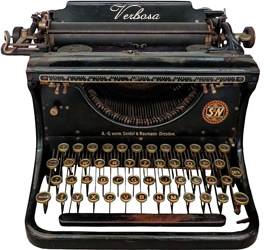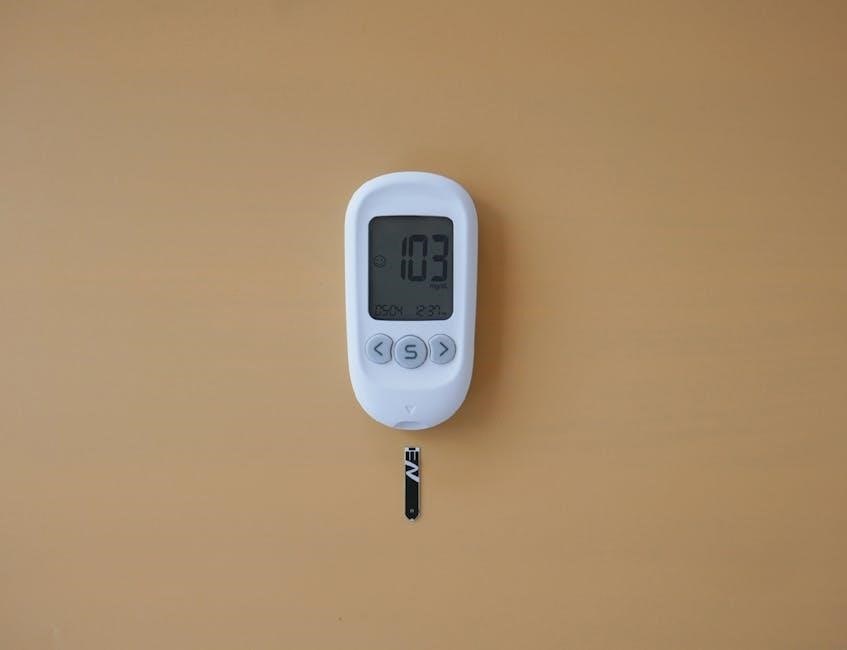Smart Heart Blood Pressure Monitor Manual: A Comprehensive Guide
Welcome to the comprehensive guide for your Smart Heart Blood Pressure Monitor! This manual provides detailed instructions for optimal use‚ ensuring accurate readings and long-term heart health monitoring. Follow these steps for setting up and taking readings.
Smart Heart Blood Pressure Monitors are designed for easy‚ at-home blood pressure monitoring. These automatic digital monitors offer convenience and accuracy‚ providing users with vital health data. They typically include features such as wide-range cuffs‚ storage cases‚ and quick start guides for immediate use.
These monitors use the oscillometric method for automatic air inflation and measurement‚ ensuring consistent readings. Models like the 01-553 and 01-539 come with instruction manuals in both English and Spanish‚ catering to a diverse user base. Some models‚ such as the wrist monitor 01-541‚ use AAA batteries for power.
Smart Heart monitors aim to help users regularly track their blood pressure‚ aiding in the early detection and management of hypertension. By offering user-friendly designs and comprehensive guides‚ Smart Heart empowers individuals to take control of their cardiovascular health. Regular monitoring can lead to better lifestyle adjustments and informed discussions with healthcare providers.
Key Features of Smart Heart Monitors
Smart Heart Blood Pressure Monitors boast several key features designed for user convenience and accuracy. These monitors often include digital displays/LCD screens‚ making it easy to read systolic and diastolic values‚ as well as pulse rate. The oscillometric method ensures reliable automatic air inflation and measurement during each reading.
Many models come equipped with a wide-range cuff to accommodate various arm sizes‚ ensuring a snug and accurate fit. The inclusion of a storage case helps protect the device when not in use and makes it easily portable. Furthermore‚ a quick start guide is often provided to help users set up and begin monitoring their blood pressure quickly.
Some Smart Heart monitors also feature memory storage‚ allowing users to track their blood pressure readings over time. This data can be invaluable for sharing with healthcare providers to monitor trends and adjust treatment plans. Select models also offer irregular heartbeat detection‚ providing an additional layer of insight into cardiovascular health.
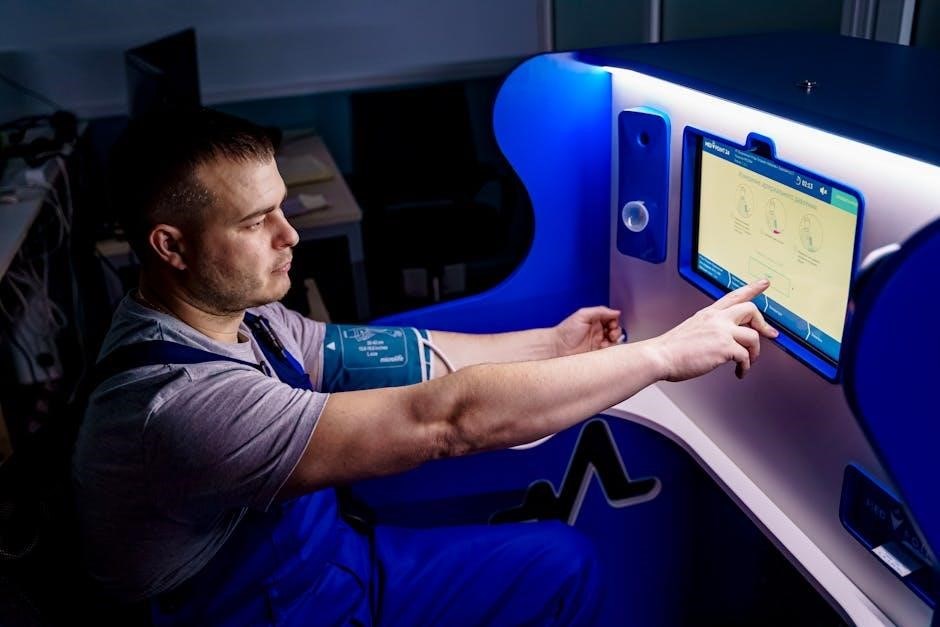
Initial Setup and Preparation
Proper initial setup is crucial for accurate readings. This includes installing batteries‚ ensuring correct polarity‚ and powering on the device. Setting the date and time is also essential for tracking blood pressure readings accurately over time.
Inserting Batteries and Powering On
Before using your Smart Heart Blood Pressure Monitor‚ it’s essential to correctly insert the batteries. Open the battery compartment‚ usually located on the back or side of the monitor. Refer to the device’s manual to identify the correct battery type‚ often AA or AAA batteries. Insert the batteries‚ ensuring they align with the polarity markings (+ and -) inside the compartment.
Once the batteries are properly inserted‚ close the battery compartment securely. To power on the monitor‚ locate the power button‚ typically labeled “START/STOP” or simply “POWER.” Press this button firmly. The display should light up‚ indicating the monitor is on. If the display does not illuminate‚ double-check the battery installation and ensure the batteries are not depleted.
If the monitor still fails to power on‚ consult the troubleshooting section of this manual. Remember to always use fresh batteries for optimal performance and to avoid inaccurate readings. After powering on‚ the monitor may display a welcome message or prompt you to set the date and time‚ which we will cover in the next section.
Setting the Date and Time
Accurate date and time settings are crucial for tracking your blood pressure readings effectively over time. After powering on your Smart Heart Blood Pressure Monitor‚ the device may automatically prompt you to set the date and time. If not‚ consult your device’s manual for specific instructions on how to access the settings menu.
Typically‚ you’ll use the “MEM‚” “SET‚” or arrow buttons to navigate through the settings. The display will likely show flashing numbers for the year‚ month‚ day‚ hour‚ and minute. Use the arrow buttons to adjust each value to the current date and time. Once you’ve set a value‚ press the “SET” or “MEM” button to confirm and move to the next setting.
Repeat this process until all date and time values are correctly set. After confirming the last setting‚ the monitor should save the changes and return to the main screen. Some models may have a 12-hour or 24-hour time format option; select your preference accordingly. Accurate date and time stamps ensure your readings are properly recorded for future reference and analysis. This helps in identifying trends and patterns in your blood pressure.

Taking a Blood Pressure Reading
Proper technique is vital for accurate readings. This section guides you through applying the cuff correctly and selecting the appropriate measurement mode on your Smart Heart Blood Pressure Monitor. Follow these steps carefully for reliable results.
Applying the Cuff Correctly
Ensuring the blood pressure cuff is properly positioned is crucial for obtaining accurate readings with your Smart Heart monitor. Begin by sitting comfortably with your back supported and your feet flat on the floor. Position your arm on a flat‚ stable surface‚ like a table‚ with the palm facing upwards.
The cuff should be placed on your upper arm‚ approximately one inch above your elbow. Make sure the cuff is snug but not too tight; you should be able to slip a fingertip underneath it. The tubing should run down the center of your arm‚ aligning with your brachial artery.
The middle of the cuff should be at the level of the right atrium of your heart. If lying down‚ ensure your arm is straight and supported at heart level. Avoid constricting clothing on your upper arm. Proper cuff placement ensures the most reliable blood pressure measurement.
Following these steps will help you achieve consistent and trustworthy readings with your Smart Heart blood pressure monitor. Incorrect cuff placement can lead to inaccurate results‚ so take the time to ensure it’s properly positioned before each measurement.
Understanding Measurement Modes
Your Smart Heart Blood Pressure Monitor may offer various measurement modes to cater to different user needs and preferences. Familiarizing yourself with these modes is essential for optimizing your monitoring experience. The standard mode typically performs a single measurement to determine your current blood pressure.
Some models may include an averaging mode‚ which takes multiple readings consecutively and calculates the average‚ providing a more stable representation of your blood pressure. This mode is particularly useful for individuals with fluctuating blood pressure levels. Another potential mode is the morning/evening mode‚ allowing you to track your blood pressure at specific times of the day to identify patterns.
Additionally‚ certain advanced monitors may offer a multi-user mode‚ enabling different individuals to store their readings separately. Consult your specific Smart Heart model’s manual for detailed instructions on accessing and utilizing each measurement mode effectively.
Understanding the unique features of each mode will enhance your ability to monitor and manage your blood pressure accurately. Experiment to find the mode that best suits your individual needs and monitoring goals.
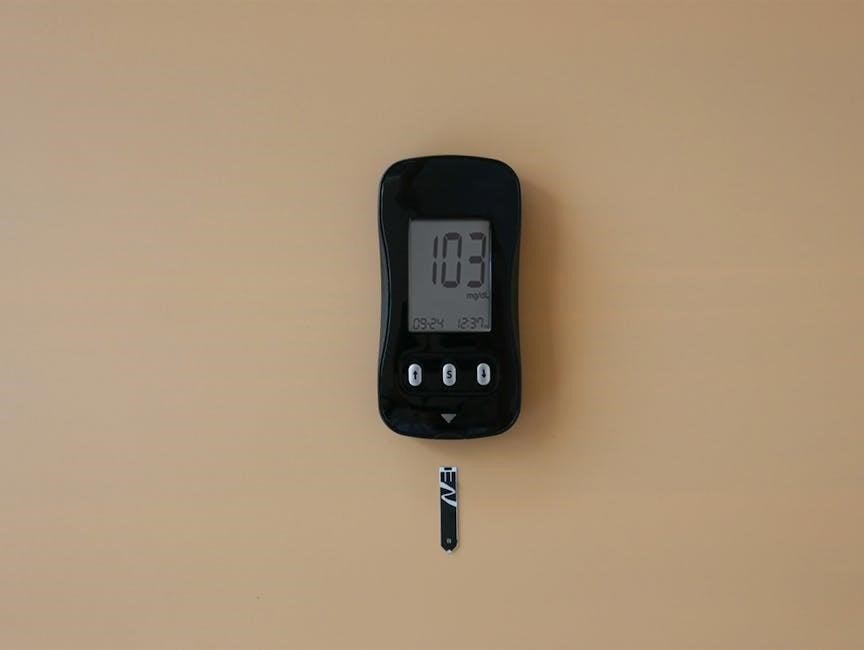
Understanding Your Readings
Deciphering the numbers on your Smart Heart Blood Pressure Monitor is crucial. This section breaks down systolic and diastolic values. Learn to recognize irregular heartbeat detections. This empowers you to monitor your heart health.
Interpreting Systolic and Diastolic Values
Understanding your blood pressure readings is fundamental to managing your cardiovascular health. The Smart Heart Blood Pressure Monitor displays two key numbers: systolic and diastolic pressure. Systolic pressure‚ the higher number‚ reflects the pressure in your arteries when your heart beats. Diastolic pressure‚ the lower number‚ indicates the pressure when your heart rests between beats.
According to established guidelines‚ a normal blood pressure reading is typically below 120/80 mmHg. Elevated blood pressure is between 120-129 systolic and less than 80 diastolic. Hypertension‚ or high blood pressure‚ is categorized into stages. Stage 1 hypertension is 130-139 systolic or 80-89 diastolic. Stage 2 hypertension is 140/90 mmHg or higher. Readings consistently above these levels warrant medical consultation.
Factors like stress‚ activity level‚ and even the time of day can influence your blood pressure. Regularly monitoring your blood pressure with your Smart Heart device and understanding these values will help you and your healthcare provider make informed decisions about your health.
Recognizing Irregular Heartbeat Detection
The Smart Heart Blood Pressure Monitor is equipped with technology to detect irregular heartbeats during blood pressure measurements. An irregular heartbeat‚ also known as arrhythmia‚ occurs when the heart beats with an uneven or erratic rhythm. Detecting these irregularities is a valuable feature for proactive health management.
If the monitor detects an irregular heartbeat during a reading‚ a specific symbol‚ usually an icon of a heart with an irregular pattern‚ will appear on the display alongside your blood pressure values. This indication serves as an alert‚ suggesting that an anomaly was detected during the measurement process.
It’s important to note that a single detection of an irregular heartbeat does not necessarily confirm a medical condition. Factors like movement during the reading or temporary fluctuations can trigger the indicator. However‚ frequent or consistent detection of irregular heartbeats should be discussed with a healthcare professional. They can conduct further evaluations to determine the cause and recommend appropriate management strategies.
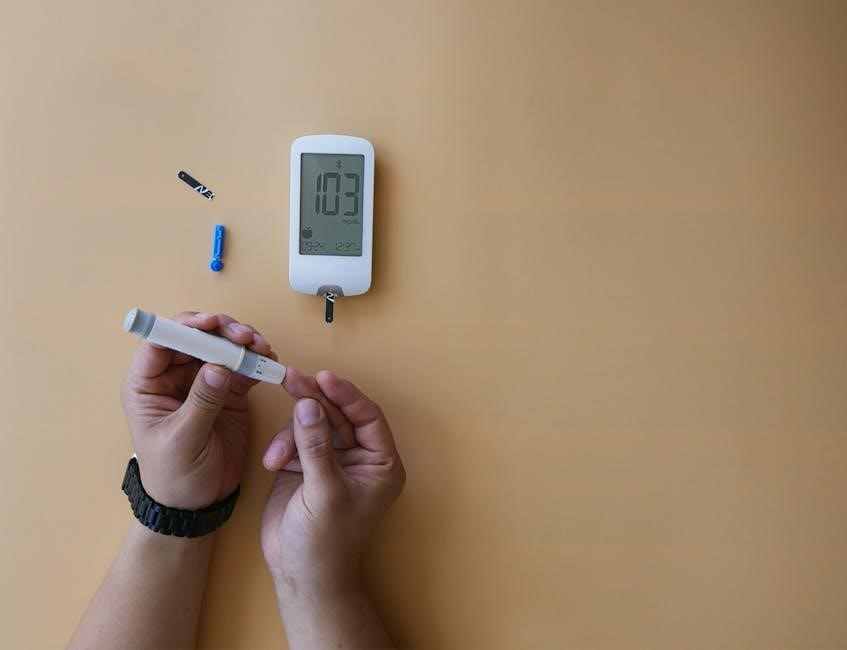
Maintenance and Troubleshooting
To ensure the longevity and accuracy of your Smart Heart Blood Pressure Monitor‚ regular maintenance is essential. This section provides guidance on cleaning‚ storage‚ and troubleshooting common issues‚ helping you keep your device in optimal working condition.
Cleaning and Storage Guidelines
Maintaining your Smart Heart Blood Pressure Monitor involves proper cleaning and storage to ensure accuracy and longevity. Regularly clean the device with a soft‚ dry cloth. Avoid using abrasive cleaners or submerging the monitor in water‚ as this can damage the internal components and affect its performance.
The cuff can be gently wiped down with a damp cloth‚ but ensure it is completely dry before storage. Store the monitor in a cool‚ dry place‚ away from direct sunlight and extreme temperatures‚ which can degrade the materials and electronics.
When not in use‚ disconnect the cuff from the monitor and store it loosely to prevent damage. Keep the device in its original storage case or a similar protective container to prevent dust and physical damage. Check the batteries periodically and remove them if you plan to store the monitor for an extended period to prevent corrosion.
By following these simple cleaning and storage guidelines‚ you can help maintain the accuracy and reliability of your Smart Heart Blood Pressure Monitor for years to come.
Troubleshooting Common Issues
Encountering issues with your Smart Heart Blood Pressure Monitor? Let’s troubleshoot. If the monitor doesn’t power on‚ check the batteries. Ensure they are correctly inserted and have sufficient charge. Replace them if necessary. If readings are consistently inaccurate‚ make sure the cuff is properly positioned on your upper arm‚ at heart level. Avoid talking or moving during measurements.
An error message might indicate cuff issues. Reconnect the cuff tubing securely. If the error persists‚ the cuff may be damaged.
If the monitor displays irregular heartbeat detection frequently‚ consult with your healthcare provider for further evaluation.
If the display is dim or unreadable‚ try new batteries. If problems continue‚ contact customer support. Do not attempt to repair the device yourself‚ as this could void the warranty and cause further damage. Regularly check for updates to the device software or app‚ as these updates often include bug fixes and performance improvements.
By addressing these common issues‚ you can ensure your Smart Heart Blood Pressure Monitor operates reliably.
